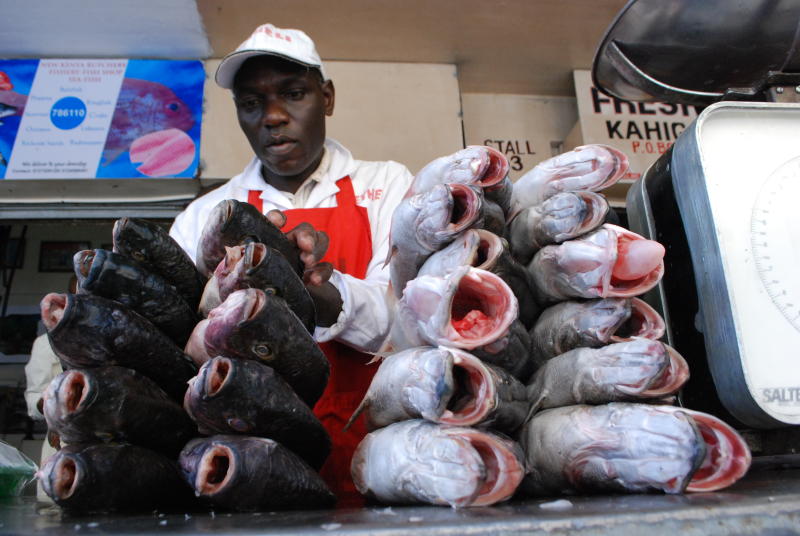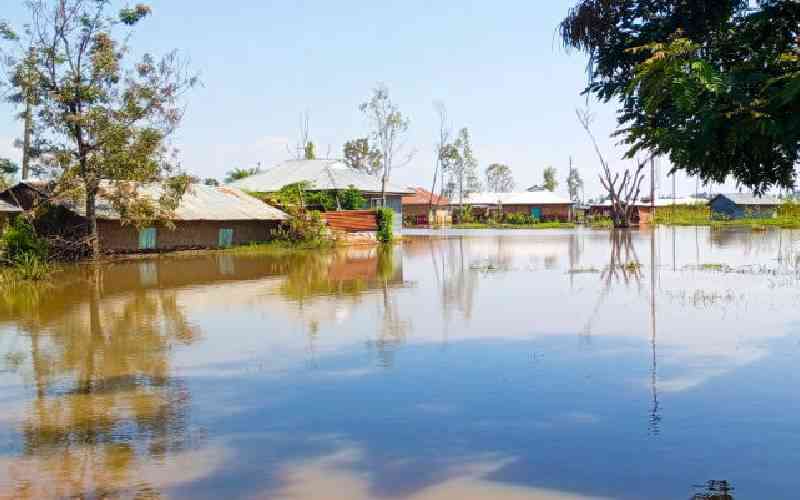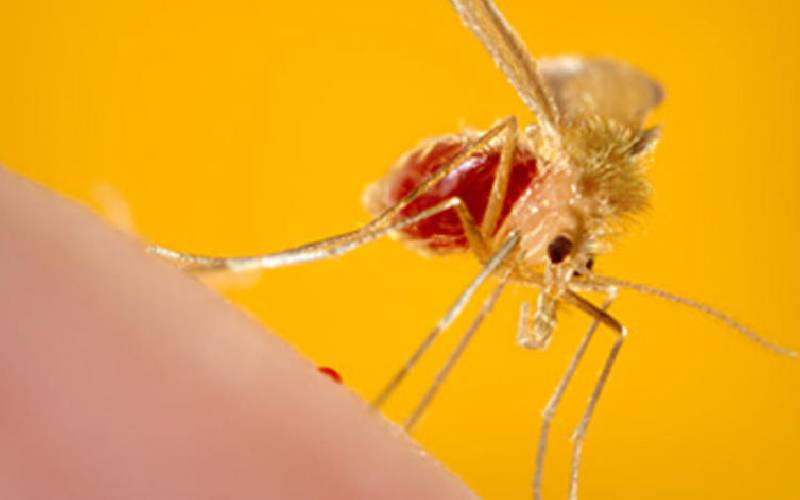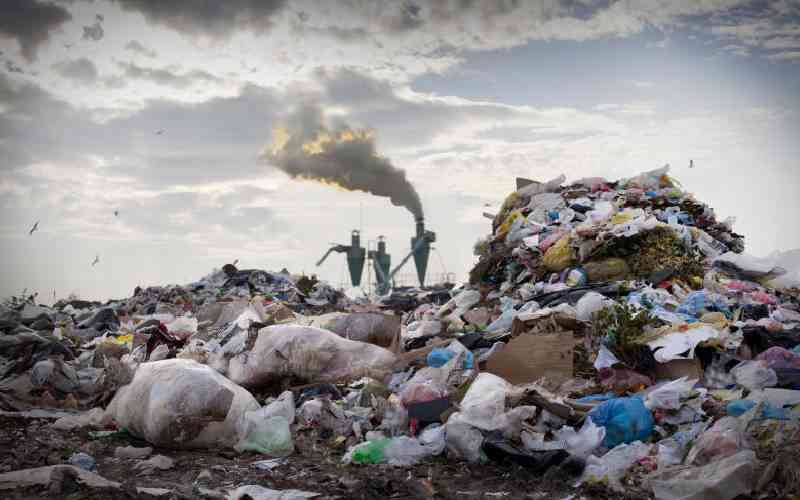
James Omondi stares at Lake Victoria in disbelief. About 20 years ago he could catch 400 kilos of Tilapia earning Sh250,000 but today his puny catch only earns Sh10,000.
Sometimes Omondi goes without any catch and “the waters are no longer the same. We still have lots of plastic bottles as you sail.”
Fellow fisherman Robert Ogolla earned Sh100,000 per catch when he joined the trade in 2010 but now only pockets Sh5,000 and reckons “there is strange growth on the waters that hampers the catch” and he is considering quitting.
Studies at Kenya Marine and Fisheries Research Institute (KMFRI) indicate fish in the lake is getting smaller in size and which coupled with overfishing, pollution and climate change has cut fish stocks by 90 per cent since the colonial period.
Statistics from KMFRI also show that species like Tilapia have shrunk by more than 50 per cent in the last decade but resilient Nile perch is at 23 per cent but other small fish species are at 56 per cent, meaning they’re the majority and being what is available has seen people staring at smaller fish sizes for the same price.
In the last 50 years, Lake Victoria produced about 60,000 metric tonnes of Tilapia annually, but currently, it barely musters 20,000 tonnes. The bigger Nile perch has been resilient because one Nile perch can produce 17 million eggs compared to Tilapia’s 300 eggs.
But still, Nile perch could be about 340,000 metric tonnes a decade ago but which has also steadily dropped and now stands at about 200,000 metric tonnes, according to KMFRI whose environmentalists cite wrong fishing practices as a threat to food security and livelihood to those who depend on the lake in the region.
Dr Chrisphine Nyamweya assistant director at KMFRI explains that dwindling fish stock are a result of “more fishermen targeting the same fish. The lake is the same, we can’t expand it” and that other fish species besides Tilapia and Nile Perch have also been thinning.
Dr Nyamweya says when fisher folk target the same fish species, then reproducing itself reduces “because of fewer parents in the ecosystem” and that some like Tilapia feed using their vision, but the Lake’s water is getting dirtier meaning they can’t feed properly, a big challenge “because fish live in the lake and if the water is not conducive, they can’t grow fast enough, they can’t produce enough when the water is polluted.”
Dr Nyamweya also blames wrong and illegal fishing gears that target premature fish as “they target the fingerlings killing the next generation.” He said climate change has been the other reason for dwindling stocks as the temperature of water shifting slightly over time and “some species that were comfortable before the increase in temperature can’t cope with the rising water temperature and are now dying off” but as it changes, it creates suitable conditions for other species mostly the small fish.
In December, piles of dead Nile perch were washed up on the shores of the lake in Uganda and Kenya but not so for small fish species. Uganda’s Ministry of Agriculture said the deaths were a ‘usual phenomena’ caused by hypoxia, a condition which causes water to mix, thereby reducing the oxygen levels in the lake.
KEMFRI experts noted that reduced Nile perch catch was a result of their death in the thousands and Dr Nyamweya argues that communities around the lake should consider climate change mitigation through sustainable fishing. This involves allowing fish stock to last longer in the lake besides, fish farming can also reduce pressure on the lake, but only if feed used is not laced with antibiotics results in fish which is resistant to antibiotics.
According to the National Environment Management Authority, the lakeside city has an 18 per cent sewer line coverage with 88 per cent without sewer.
NEMA County director Tom Togo cited Obunga, Nyalenda and Manyatta as major slums in Kisumu lacking proper liquid waste management and “during heavy rains poorly disposed of wastes flow into the lakes from the slums, which has since contributed to lake pollution.”
 The Standard Group Plc is a multi-media organization with investments in media platforms spanning newspaper print
operations, television, radio broadcasting, digital and online services. The Standard Group is recognized as a
leading multi-media house in Kenya with a key influence in matters of national and international interest.
The Standard Group Plc is a multi-media organization with investments in media platforms spanning newspaper print
operations, television, radio broadcasting, digital and online services. The Standard Group is recognized as a
leading multi-media house in Kenya with a key influence in matters of national and international interest.











